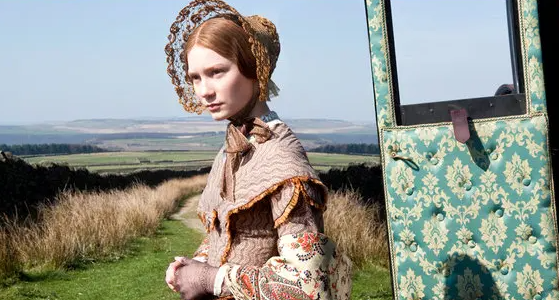The Language and Style of Jane Eyre
Jane Eyre, written by Charlotte Brontë, is not just a beloved classic; it’s also a rich tapestry of language and style that speaks volumes about the characters and themes. Understanding the unique qualities of Brontë’s approach can deepen our appreciation of the text and its emotional power. In this article, we’ll explore the intricate language and stylistic choices that make “Jane Eyre” a timeless piece of literature.
Imagery and Symbolism
Charlotte Brontë masterfully employs vivid imagery and symbolism to breathe life into her narrative. The use of natural elements, such as the moors, serves not only as a backdrop but also as a reflection of Jane’s internal struggles and aspirations. The wild, desolate landscapes mirror Jane’s feelings of isolation and longing for freedom. Additionally, symbols like the red room represent the constraints imposed upon her, while contrasting elements of warmth and cold throughout the novel highlight her emotional journey. By paying close attention to these imagery and symbols, readers can uncover deeper meanings behind Jane’s experiences.
Narrative Style and Voice
Brontë’s narrative voice in “Jane Eyre” is one of its most distinctive features. Written in the first person, the story unfolds through Jane’s eyes, allowing readers to intimately experience her joys and sorrows. This perspective creates a strong emotional connection, making Jane’s challenges feel immediate and personal. Brontë’s use of a confessional tone invites sympathy from the reader, as Jane candidly shares her thoughts and feelings. Furthermore, the novel oscillates between moments of reflection and action, creating a dynamic pacing that keeps readers engaged and invested in Jane’s growth.
Dialogue and Characterization
The dialogue in “Jane Eyre” serves as a powerful tool for characterization, revealing the personalities and motivations of various figures within the story. Through dialogues filled with wit, tension, and emotion, Brontë effectively illustrates the social dynamics of her time. For instance, conversations between Jane and Mr. Rochester are charged with complexity, showcasing the evolving nature of their relationship. The distinct voices of characters also highlight class distinctions and societal expectations. By analyzing the dialogues, readers can gain a clearer understanding of how each character’s language reflects their status, values, and emotional state.
Conclusion
Charlotte Brontë’s “Jane Eyre” remains a compelling narrative not just because of its storyline, but also due to its intricate language and style. Imagery, narrative voice, and dialogue work harmoniously to create a rich reading experience that transcends time. If you haven’t explored these elements in your reading of “Jane Eyre,” now is the perfect opportunity to dive deeper into Brontë’s world. Consider revisiting the text with these insights in mind, and discover even more layers of meaning in this literary masterpiece.
